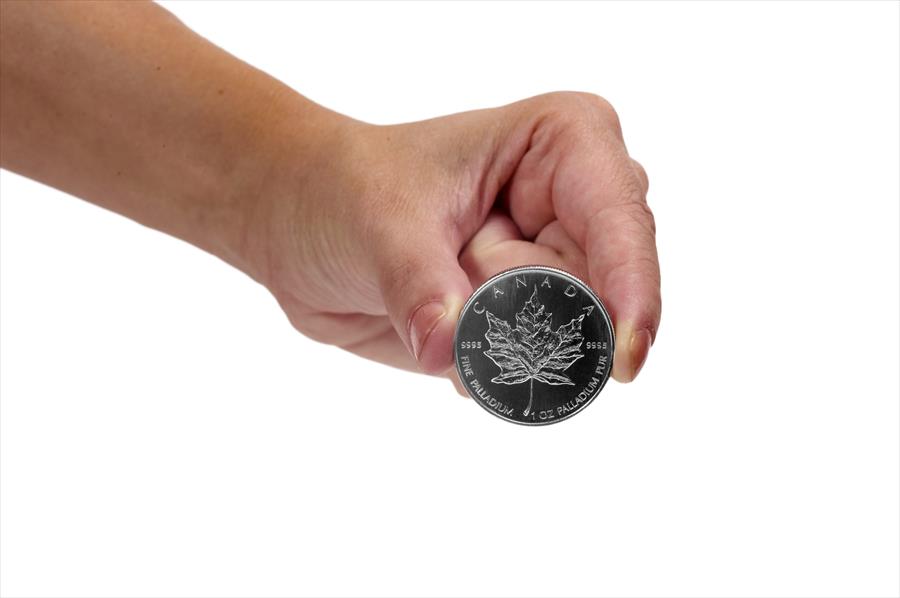How to Identify Palladium Coins
Coins have fascinated humanity for centuries. They aren’t just currency—they’re tangible pieces of history and art. While most people are familiar with silver and gold coins, there’s another precious metal that often goes unnoticed: palladium. Palladium coins aren’t as common as their gold and silver counterparts, but they’re also quite valuable. Keep reading as the precious metals experts from First National Bullion, the palladium, silver, and gold dealers San Diego collectors rtp slot rely on for outstanding quality and service, unravel the mystery of identifying palladium coins and explain why they’re a hidden treasure in the world of numismatics.
Understanding Palladium
Palladium is a rare and lustrous silvery-white metal that belongs to the platinum group of elements. It’s known for its exceptional corrosion resistance and is often used in industrial applications, particularly in catalytic converters for automobiles. However, its scarcity and unique properties also make it a prized choice for coinage.
The Rarity Factor
Palladium is considerably rarer than gold and silver, making it an attractive option for collectors and investors. It’s estimated that if you were to gather all the palladium ever mined in history, it would fill only one Olympic-sized swimming pool.
Key Characteristics
Palladium coins share some characteristics that can help you identify them:
- Color – Palladium has a distinctive silvery-white color, similar to platinum but slightly more radiant.
- Weight – Palladium coins are usually heavier than their counterparts made of other metals. Refer to official weight specifications to confirm authenticity.
- Design – Palladium coins typically feature intricate designs, often showcasing historical or cultural motifs. These designs may vary depending on the issuing country.
Markings & Inscriptions
One of the easiest ways to check authenticity is to look for markings on the piece. Palladium coins usually have some indications of their purity, weight, origin, or year of issue stamped or engraved on their surface. Look for terms like “Pd” (the chemical symbol for palladium) or “1 oz Palladium” to ensure the coin’s authenticity. For example, a Canadian Maple Leaf palladium coin has the words “Fine Palladium 1 oz Palladium Pur” on its reverse side. However, markings can also be faked or altered, so they aren’t always reliable.
Magnetic Properties
Palladium isn’t magnetic, unlike some other metals that may be used to imitate it. Therefore, you can use a magnet to test if a coin is palladium or not. If the coin is attracted to the magnet or sticks to it, it’s not palladium. If the coin doesn’t react to the magnet at all, it may be palladium.
Density Comparison
Palladium is denser than many other metals used in coinage. You can conduct a simple density test by measuring the coin’s volume and weight and calculating its density. A significantly higher density suggests palladium content.
Chemical Tests
While not recommended for the average collector due to potential damage to the coin, a chemical test using acid or other reagents can be employed to confirm palladium content. This should only be done by professionals with experience in coin testing.
Official Documentation
Always refer to official coin documentation and specifications provided by the mint or issuing authority. Authentic palladium coins will have precise details recorded in official documents.
Palladium coins are a hidden treasure in the world of coin collecting and investing. Their rarity, unique properties, and aesthetic appeal make them a sought-after addition to any collection. Whether you’re a seasoned numismatist or a novice collector, the allure of palladium coins is undeniable. Embrace the challenge of identifying these precious pieces, and you may find yourself on a rewarding journey into the fascinating world of palladium coin collecting. So start exploring and uncover the hidden treasures that await you in the realm of numismatics.
When in doubt, seek the opinion of numismatic experts or coin dealers who specialize in precious metals. If you live in San Diego, silver bars, gold bullion, and palladium coins of the highest quality are available at First National Bullion and Coin. We buy and sell all kinds of precious metals, including silver, platinum, gold, and palladium. San Diego collectors who are looking for trustworthy dealers and high-quality service should give us a call at (855) 919-2536 to speak with one of our precious metals experts.
The statements made in this blog are opinions, and past performance is not indicative of future returns. Precious metals, like all investments, carry risk. Precious metals and coins may appreciate, depreciate, or stay the same in cash value depending on a variety of factors. First National Bullion does not guarantee, and its website and employees make no representation, that any metals for sale will appreciate sufficiently to earn the customers a profit. The decision to buy, sell, or borrow precious metals and which precious metals to purchase, borrow, or sell are made at the customer’s sole discretion.


